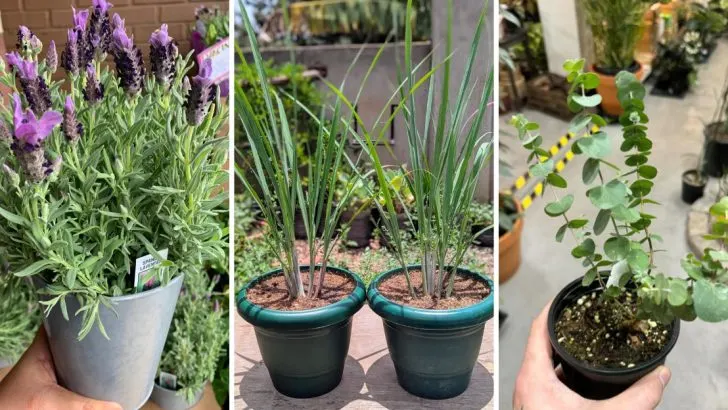Keeping fleas and ticks away from your home and yard doesn’t have to rely on harsh chemicals. Nature offers a variety of plants with natural repellent properties that can help you protect your family and pets while enhancing your outdoor spaces.
These plants not only serve as eco-friendly pest control but also bring beauty and fragrance to your garden.
In this article, we’ll introduce you to ten incredible plants known for their flea- and tick-repelling abilities. From aromatic herbs to ornamental greenery, these natural allies will help you create a safer and more enjoyable environment for everyone.
Lavender
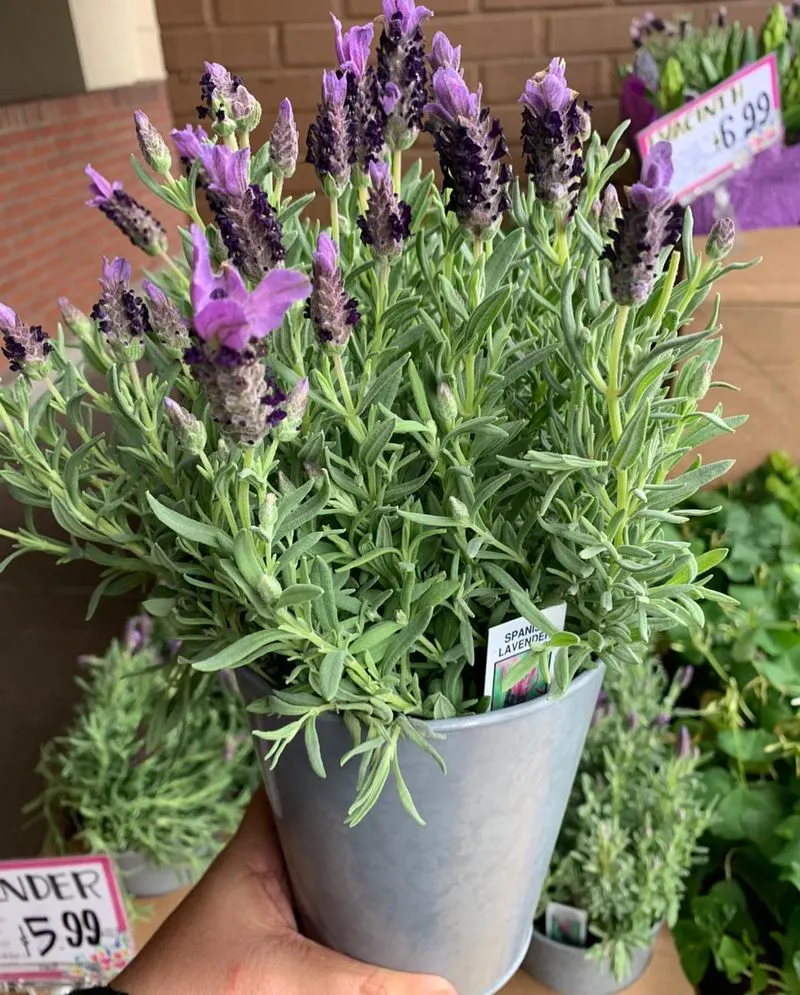
Known for its soothing scent, lavender is more than just a pretty face. Its fragrance is delightful to humans but deters fleas and ticks. Plant it along pathways or in pots near doorways for a natural barrier. The essential oils in lavender are widely recognized for their calming effects, making it a double-duty plant: repelling pests and enhancing relaxation.
Whether you choose English or French varieties, make sure to provide plenty of sunlight. Lavender’s drought-resistant nature also means less maintenance, allowing you to enjoy a pest-free garden without the fuss.
Rosemary
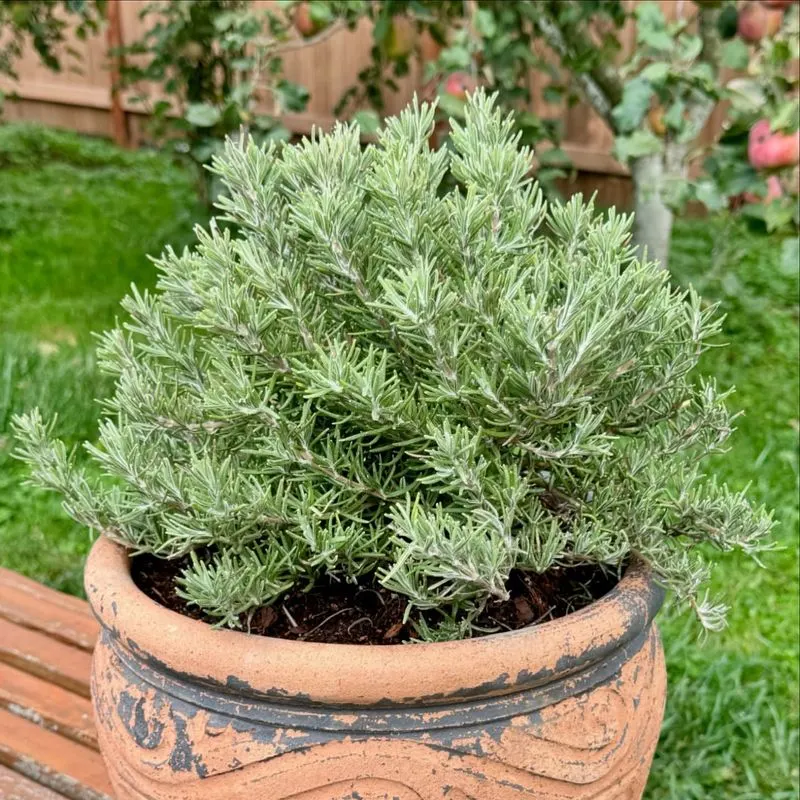
Rosemary offers more than culinary appeal—it’s a formidable opponent against fleas and ticks. Its aromatic oils are the secret weapon, creating a fragrant shield around your home. Grow rosemary in containers or garden beds, ensuring it receives ample sunlight.
Besides repelling pests, rosemary can be harvested and used to flavor dishes, adding versatility to its list of virtues. Prune regularly to encourage bushy growth and prevent legginess. This hardy plant thrives in various conditions, making it a practical choice for both novice and seasoned gardeners seeking natural pest control.
Mint
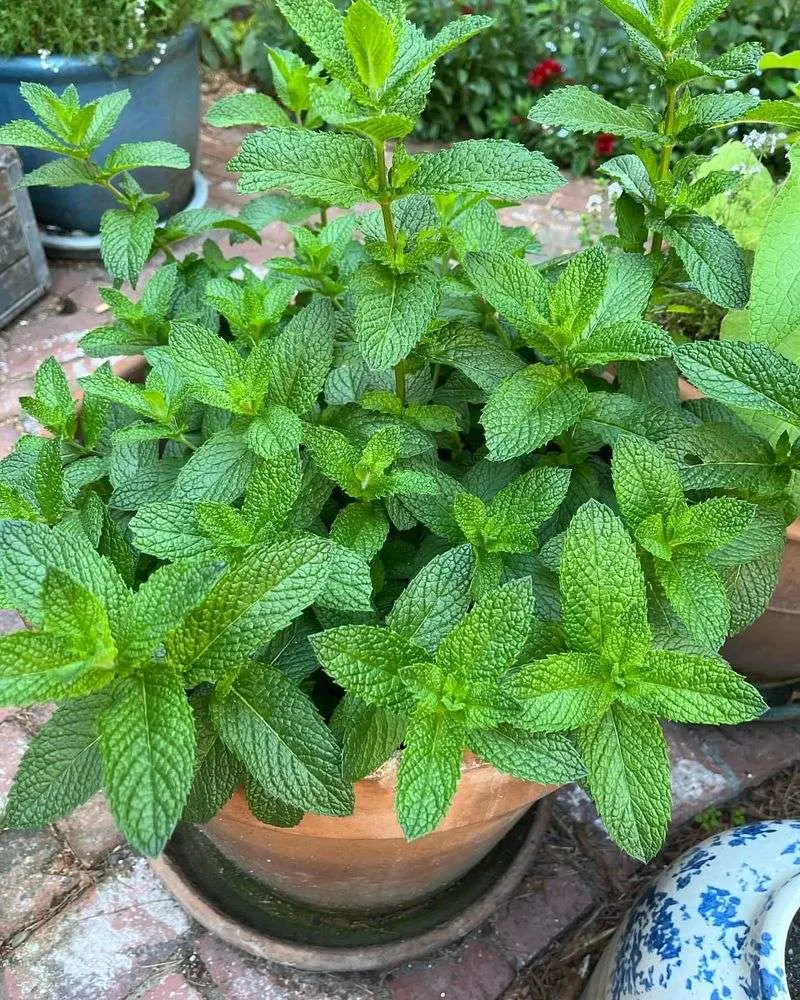
Mint’s refreshing scent isn’t just invigorating for you—it also repels unwanted insects. Plant it in pots to contain its spread, as mint tends to grow vigorously. Position these containers near entry points to deter fleas and ticks effectively.
Beyond pest control, mint leaves can be used for teas and culinary purposes, offering a hint of freshness to your beverages and dishes. Just remember, regular pruning is key to prevent it from becoming unruly. Enjoy the dual benefits of a fragrant garden and a natural defense against pests with this versatile herb.
Lemongrass
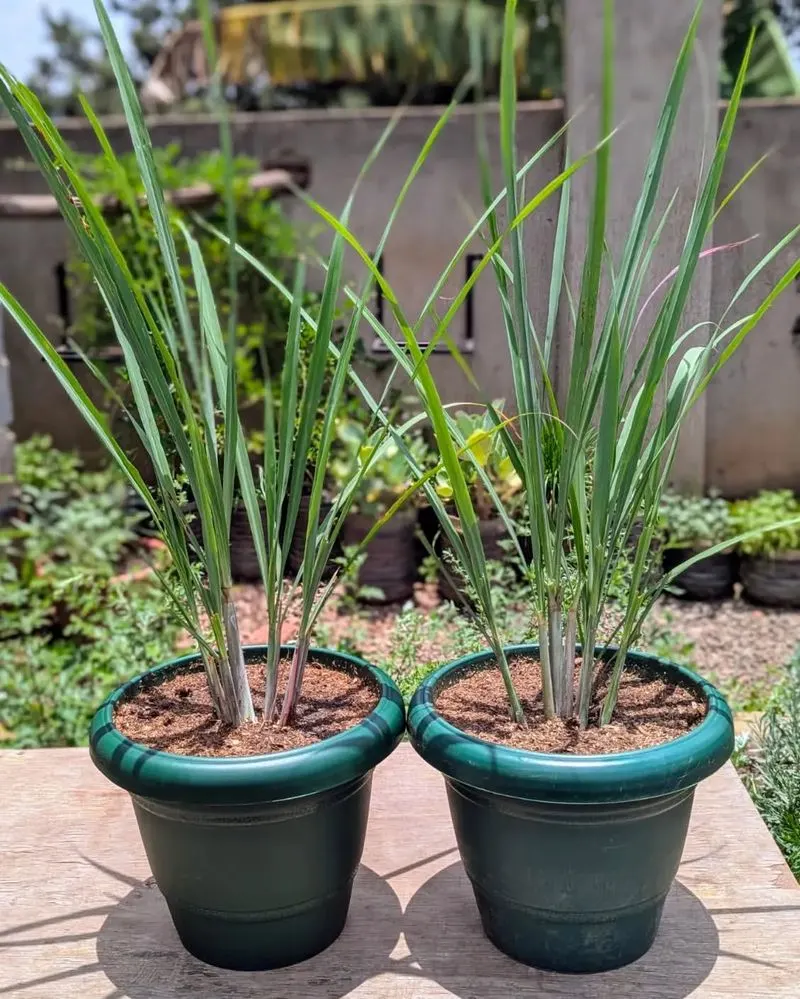
Lemongrass is famous for producing citronella, a natural oil used in insect repellents. Its lemony aroma is pleasant to us but repels fleas and ticks effectively. This tropical plant thrives in sunny locations and can reach impressive heights if given room to grow.
Use lemongrass in borders or as a centerpiece in your garden to take advantage of its pest-repelling properties. Moreover, the stalks can be harvested for cooking, adding a citrusy flavor to various dishes. Ensure proper watering to keep the lemongrass healthy and continuously warding off those pesky bugs.
Catnip
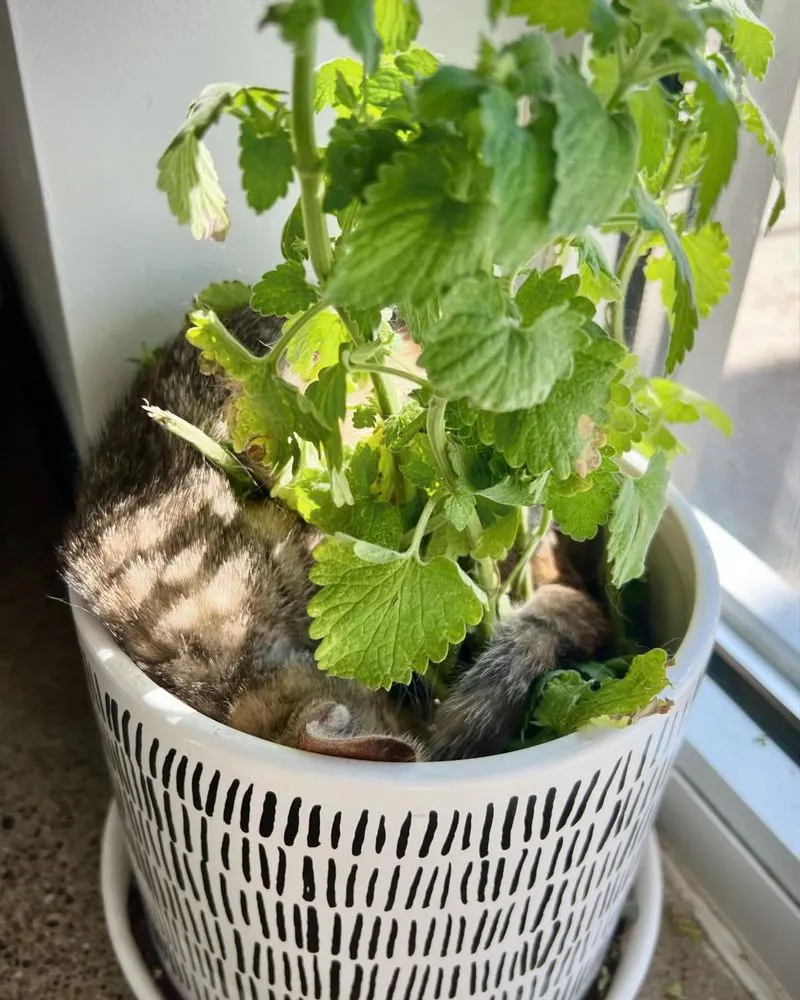
While catnip is a feline favorite, it also works wonders against fleas and ticks. Its active ingredient, nepetalactone, is highly effective at keeping these pests at bay. Plant catnip in areas where it can flourish without being disturbed.
Besides repelling pests, it provides endless entertainment for your feline friends, offering a safe alternative to chemical repellents. Regular pruning helps manage its growth and encourages a bushy appearance. Whether in the garden or in pots, catnip is a delightful addition that benefits both your pets and your pest control efforts.
Chrysanthemums
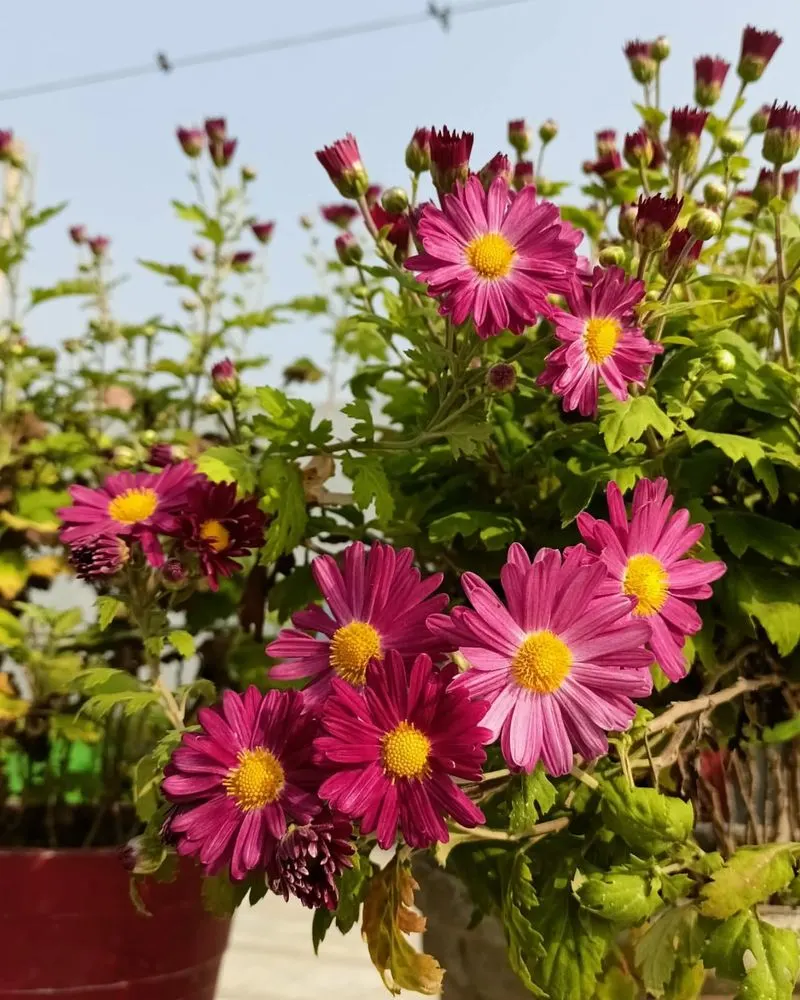
Chrysanthemums contain pyrethrins, natural compounds that repel fleas and ticks. These showy flowers add a burst of color to any garden while serving a practical purpose. Plant them in sunny spots to maximize their growth and pest-repelling capabilities. Besides their beauty and function, chrysanthemums can be used to create natural insecticides when dried and ground.
They are relatively low-maintenance, needing regular watering and deadheading to prolong blooming. Incorporating chrysanthemums into your garden design is an aesthetic and strategic move towards a pest-free environment.
Basil
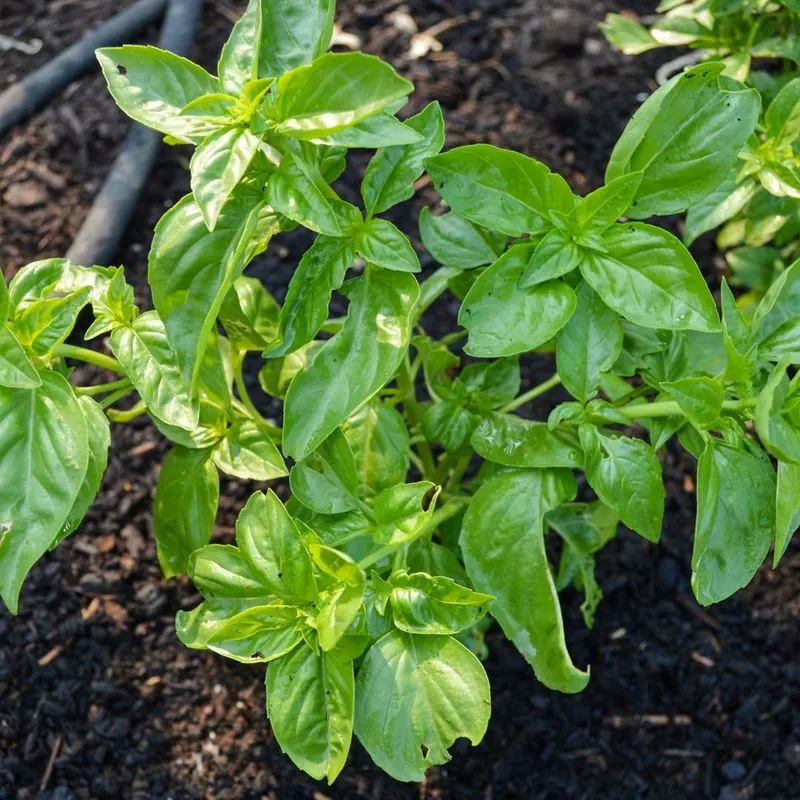
Basil is a culinary staple with hidden powers—it repels fleas and ticks. Its aromatic oils serve as a natural deterrent, making it a wise choice for kitchen gardens. Plant basil near doors or windows to keep your home pest-free.
Regular harvesting encourages new growth and ensures a continuous supply of fresh leaves for your recipes. Basil thrives in warm, sunny conditions and requires consistent watering to flourish. By integrating basil into your garden, you enjoy its dual benefits: a flavorful addition to your meals and a natural barrier against unwanted pests.
Eucalyptus
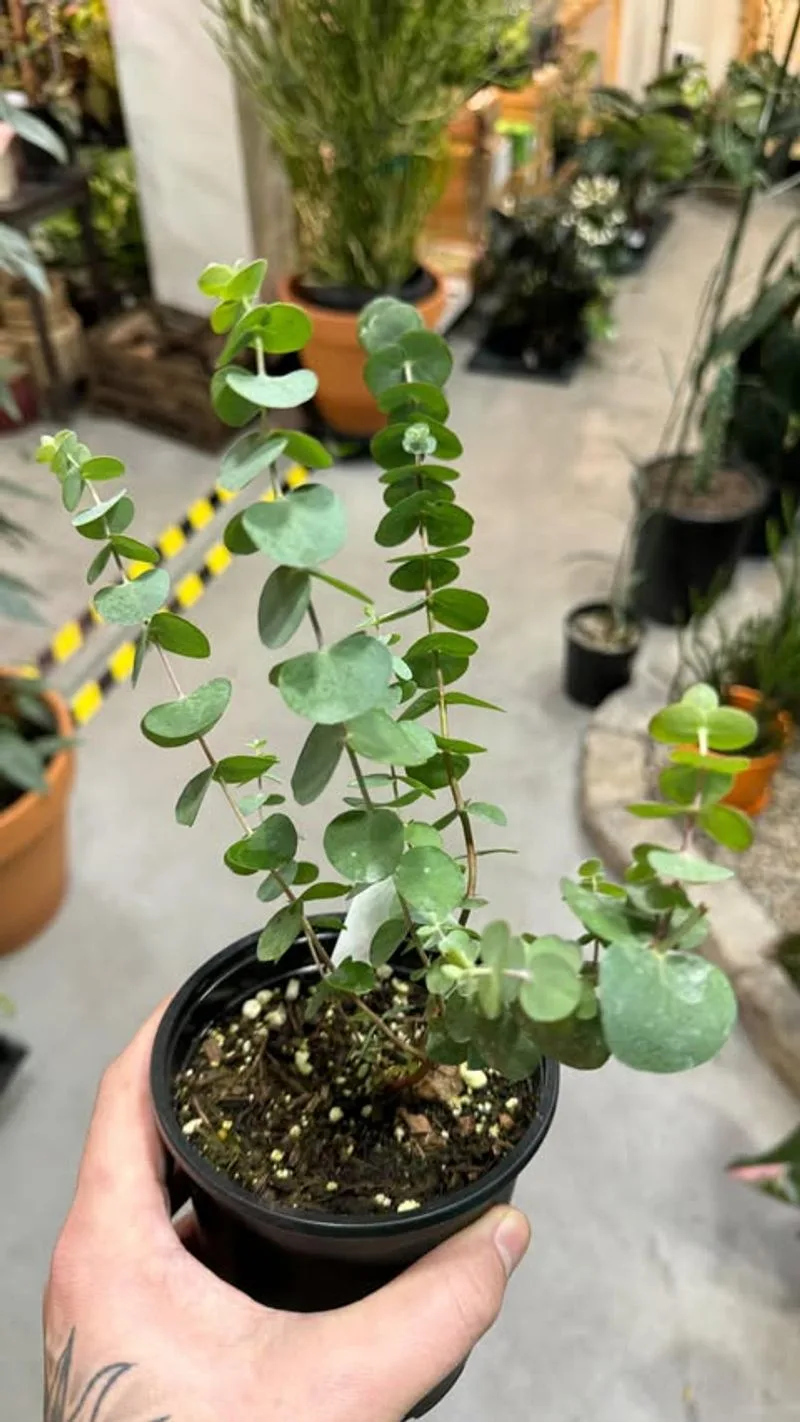
Eucalyptus trees offer more than majestic beauty; their leaves are powerful pest deterrents. The oil extracted from eucalyptus leaves is renowned for repelling fleas and ticks. Plant these trees in spacious areas where they can grow freely. Not only do they provide shade and aromatic leaves, but they also contribute to a bug-free environment.
For smaller spaces, consider potted eucalyptus varieties that still offer the same pest-repelling benefits. Regular pruning helps maintain their shape and health. Eucalyptus is a grand addition to any landscape seeking both beauty and function.
Marigolds
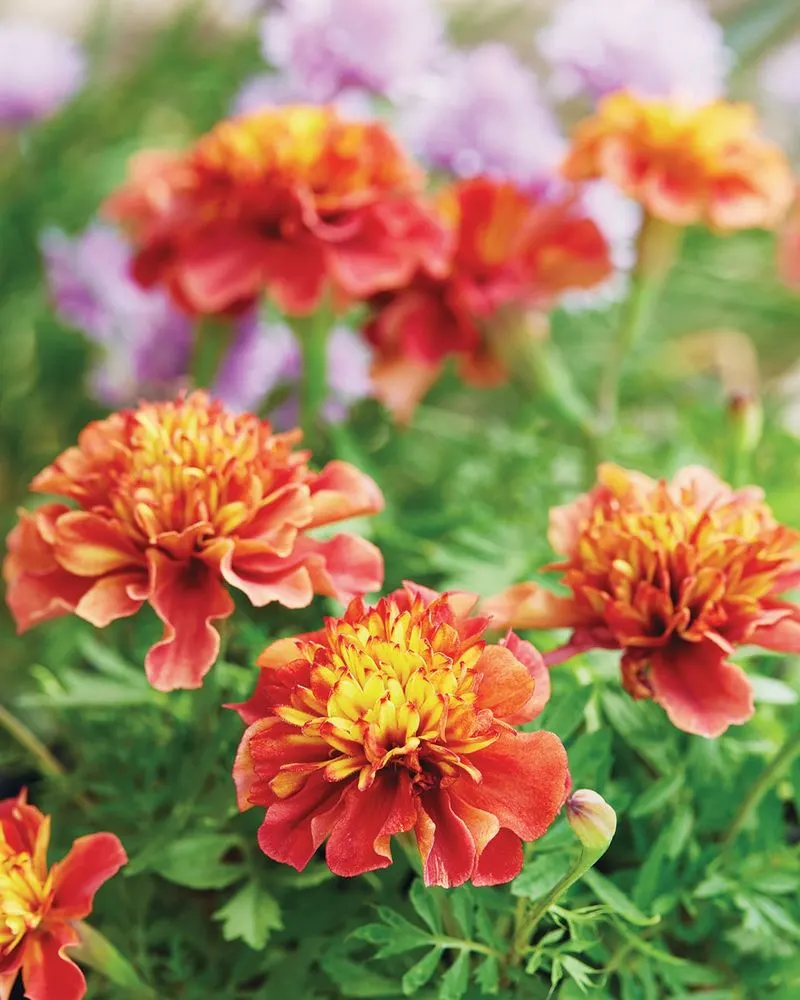
Marigolds are not just garden show-stoppers; they are natural pest repellents. The pungent odor of their flowers deters fleas and ticks, making them ideal companions for vegetable gardens. Position marigolds strategically around your garden to safeguard your plants and maintain a vibrant display.
Their cheerful blooms attract beneficial insects while discouraging pests. Marigolds are easy to grow, requiring little more than sunlight and regular watering. This makes them perfect for gardeners of all levels who wish to protect their crops naturally. Embrace the beauty and practicality of marigolds in your garden.
Fennel
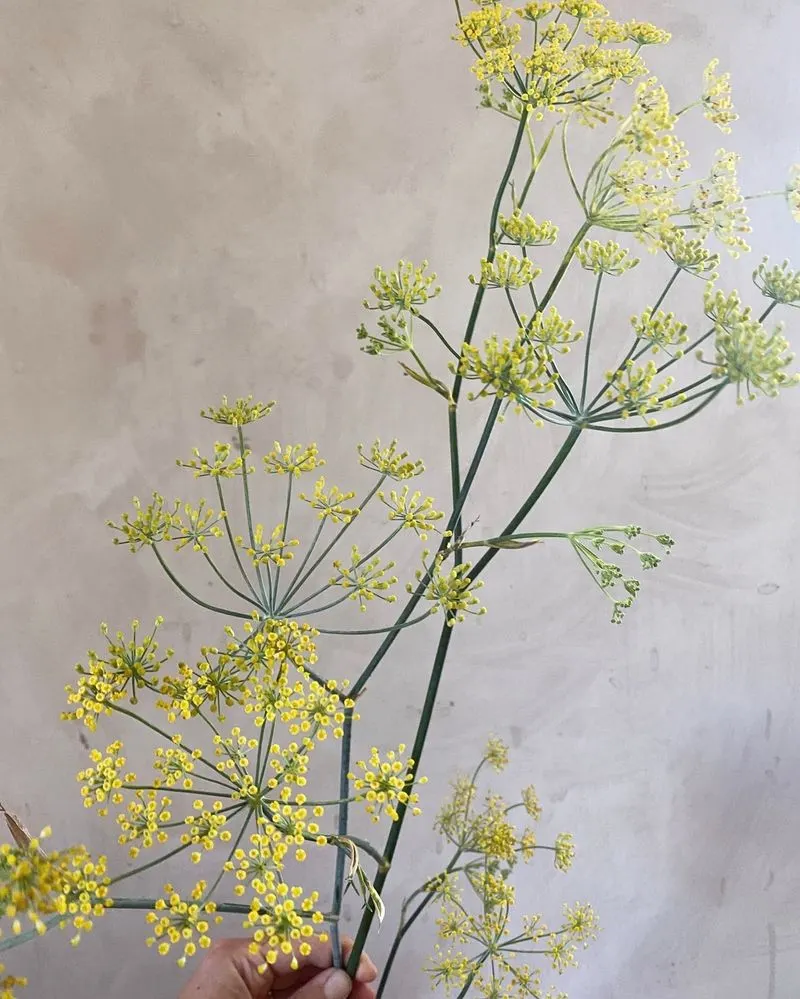
Fennel’s feathery leaves and anise-like aroma do more than flavor dishes—they repel fleas and ticks. This herb can grow tall, offering visual interest and a natural pest barrier in your garden. Plant fennel in a sunny spot where it has room to expand.
Its seeds and leaves are useful culinary ingredients, enhancing the flavors of various dishes. Regular maintenance, including pruning and harvesting, keeps fennel healthy and productive. For gardeners seeking a plant that combines aesthetic appeal with practical pest-repelling properties, fennel is an excellent choice.

